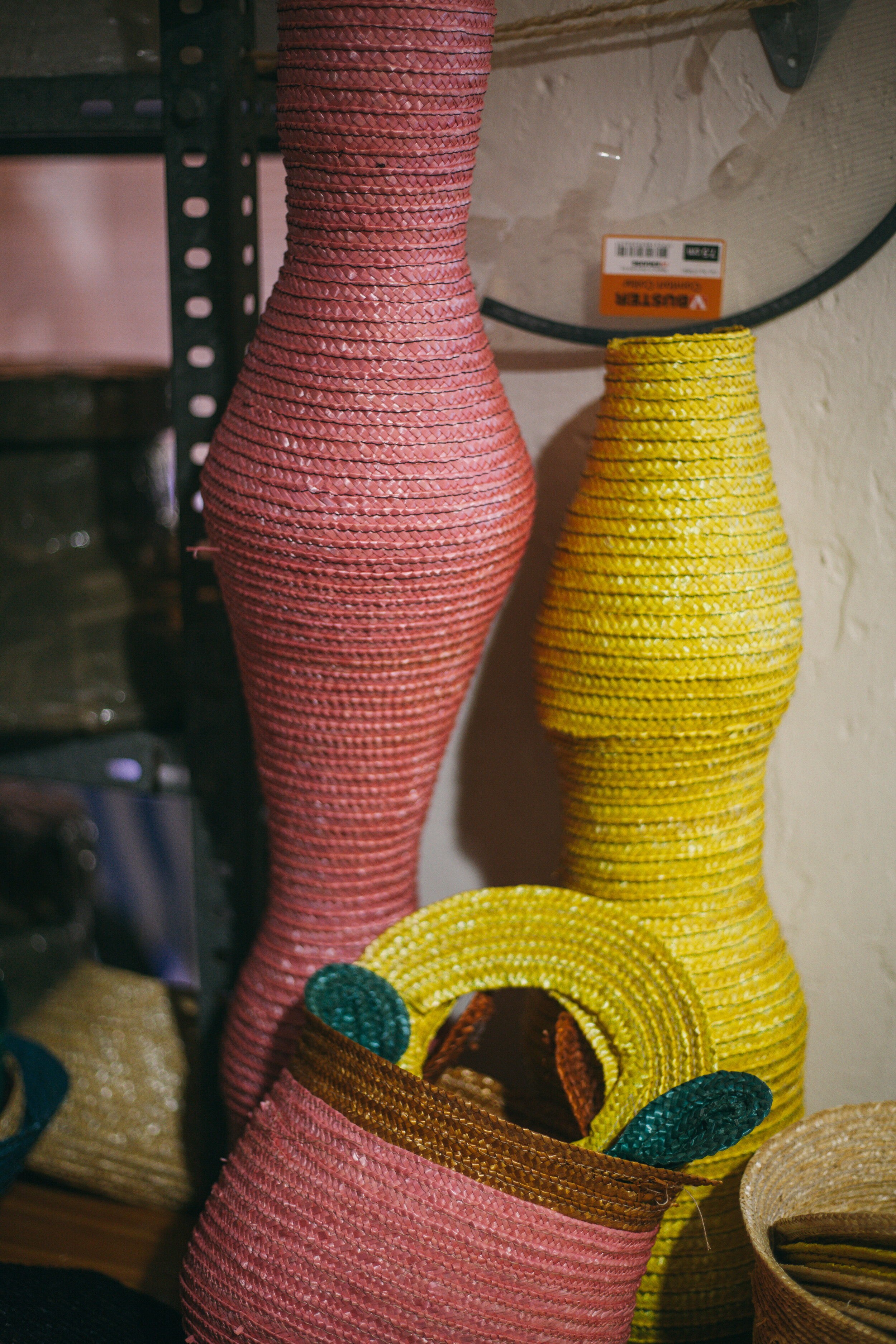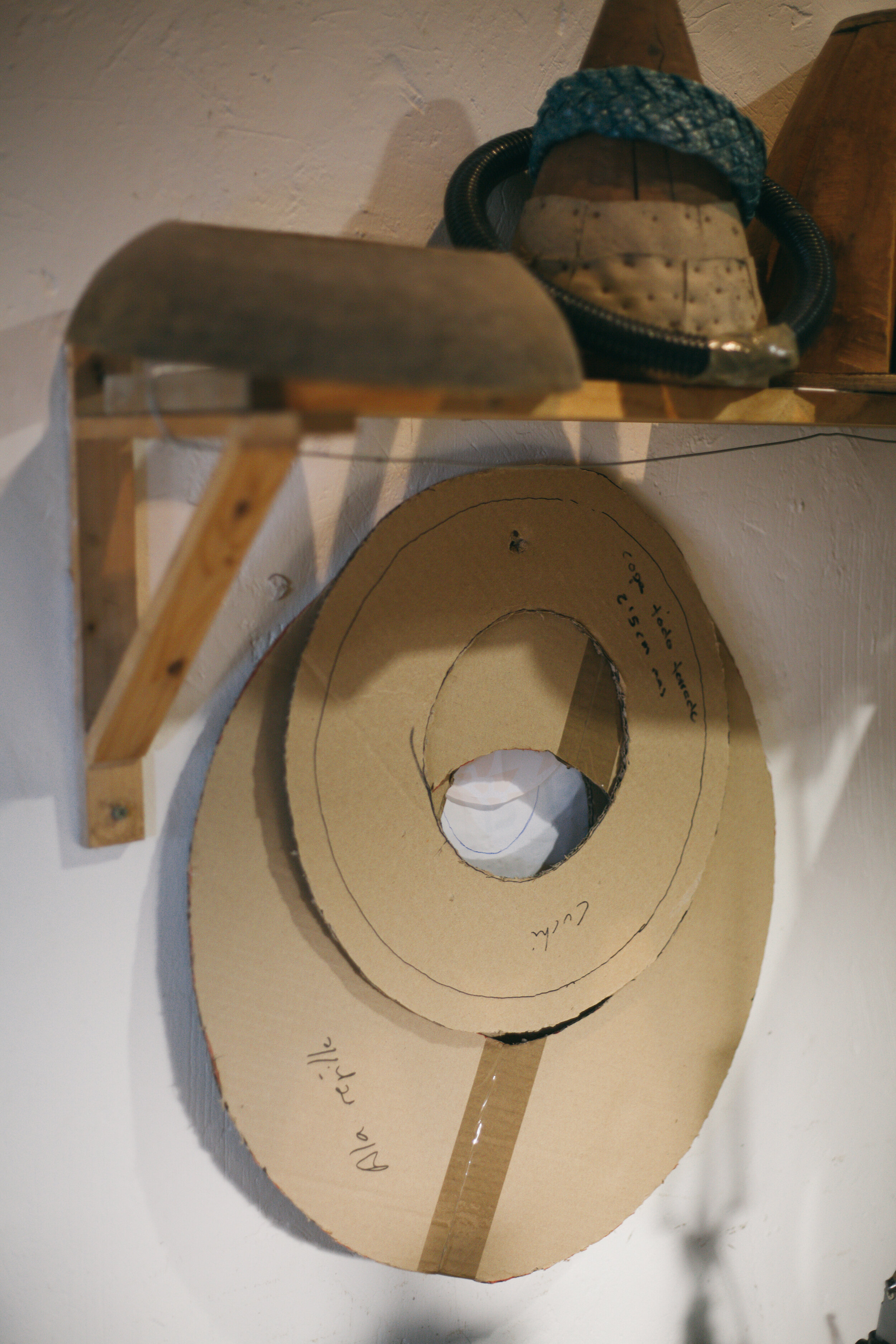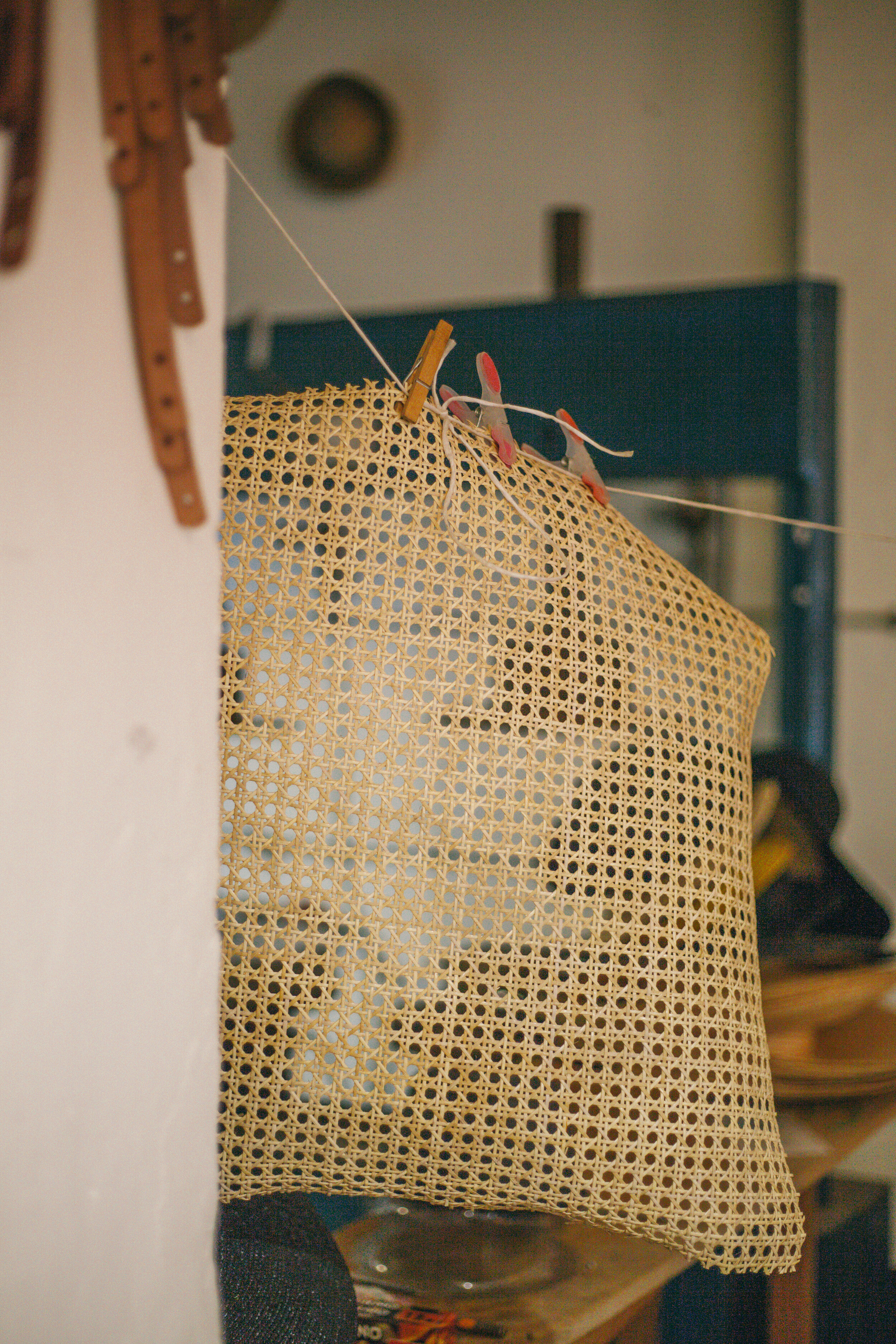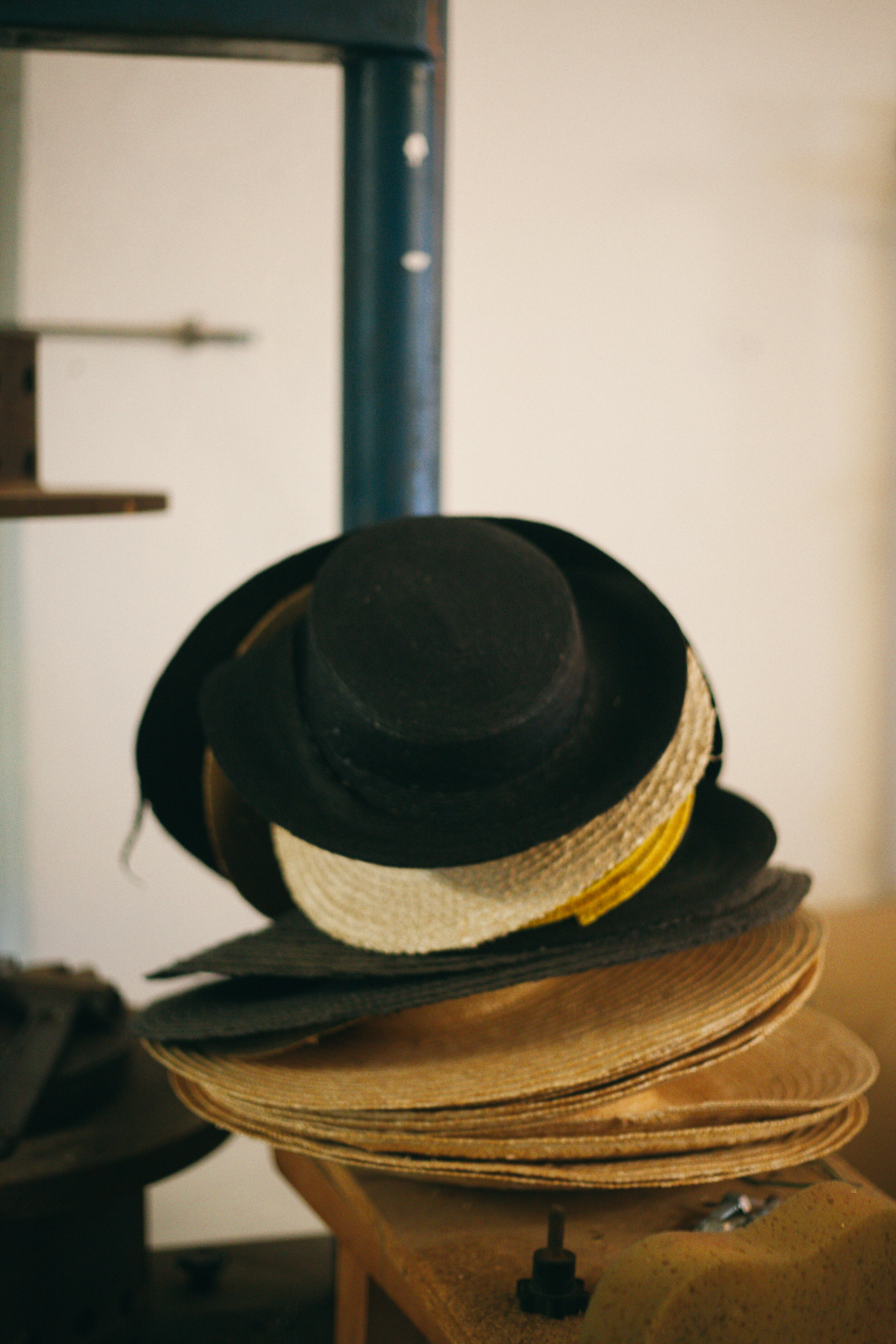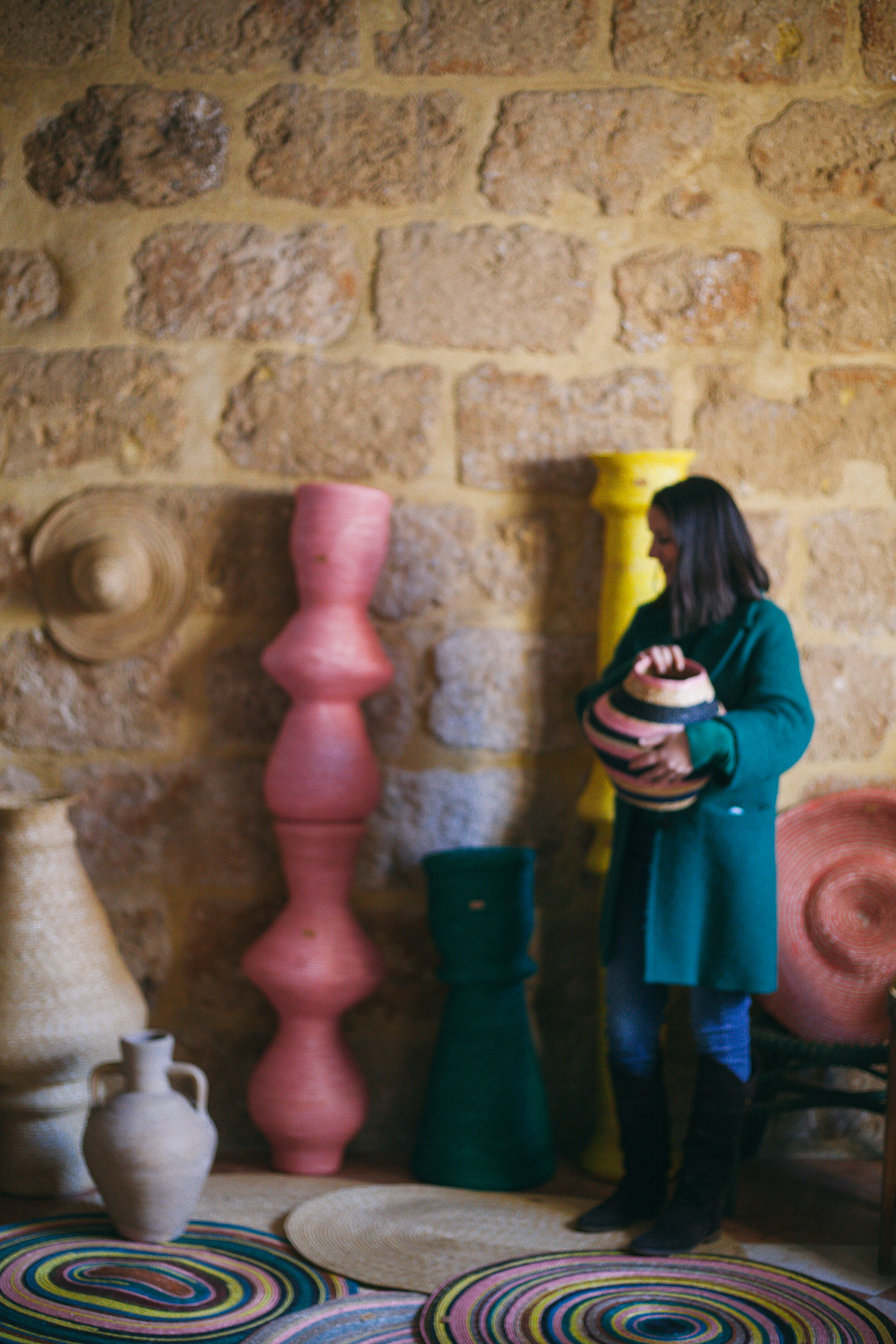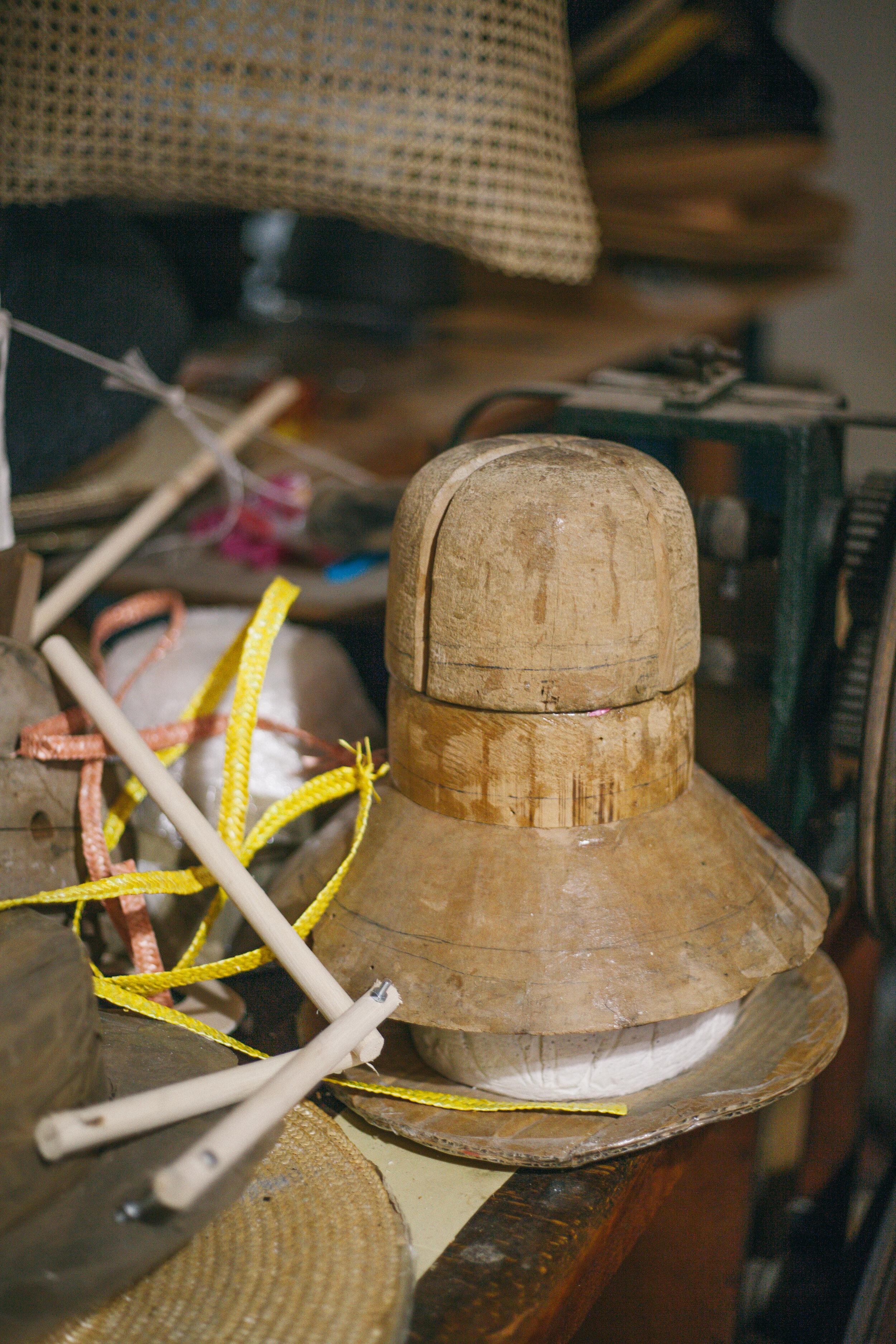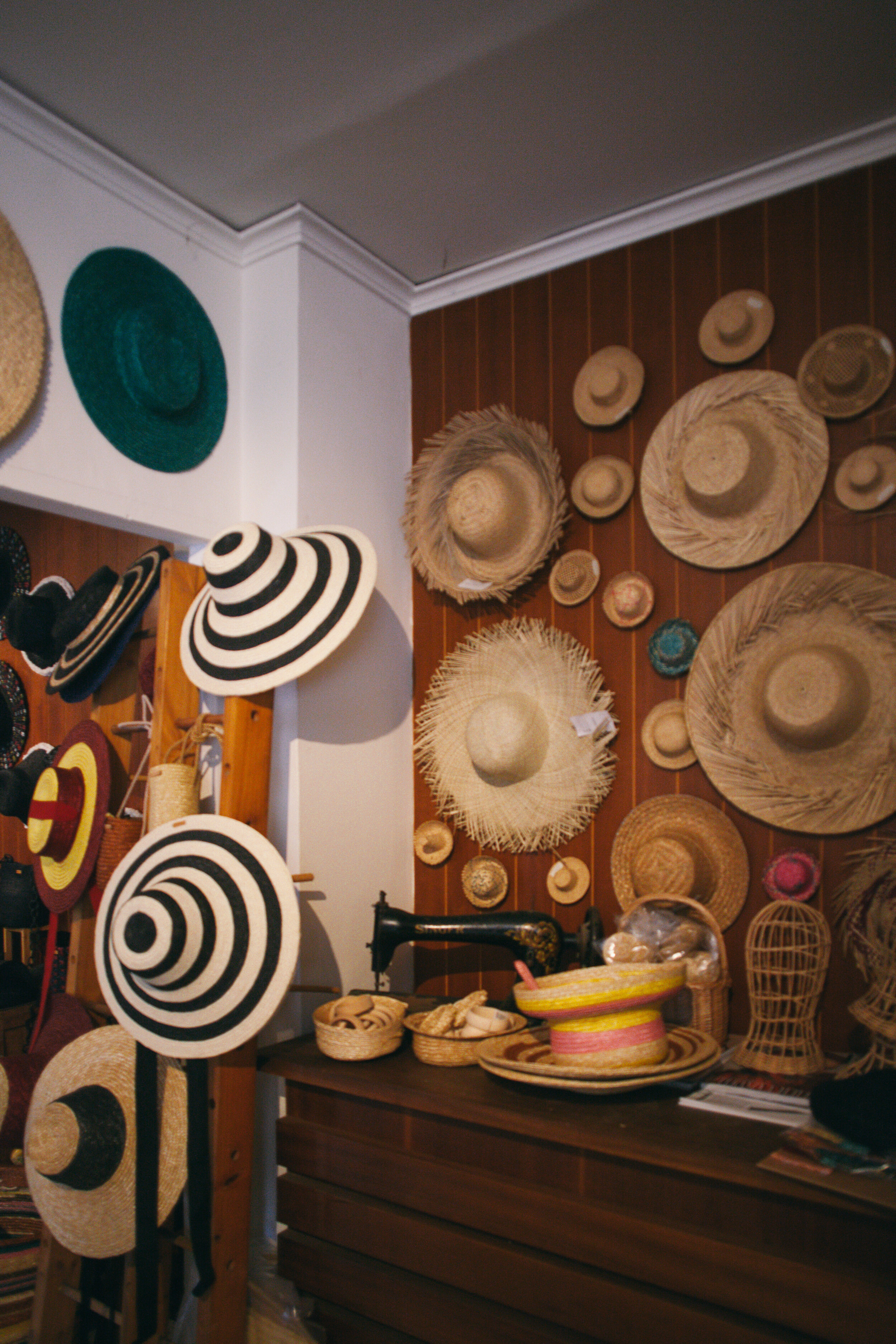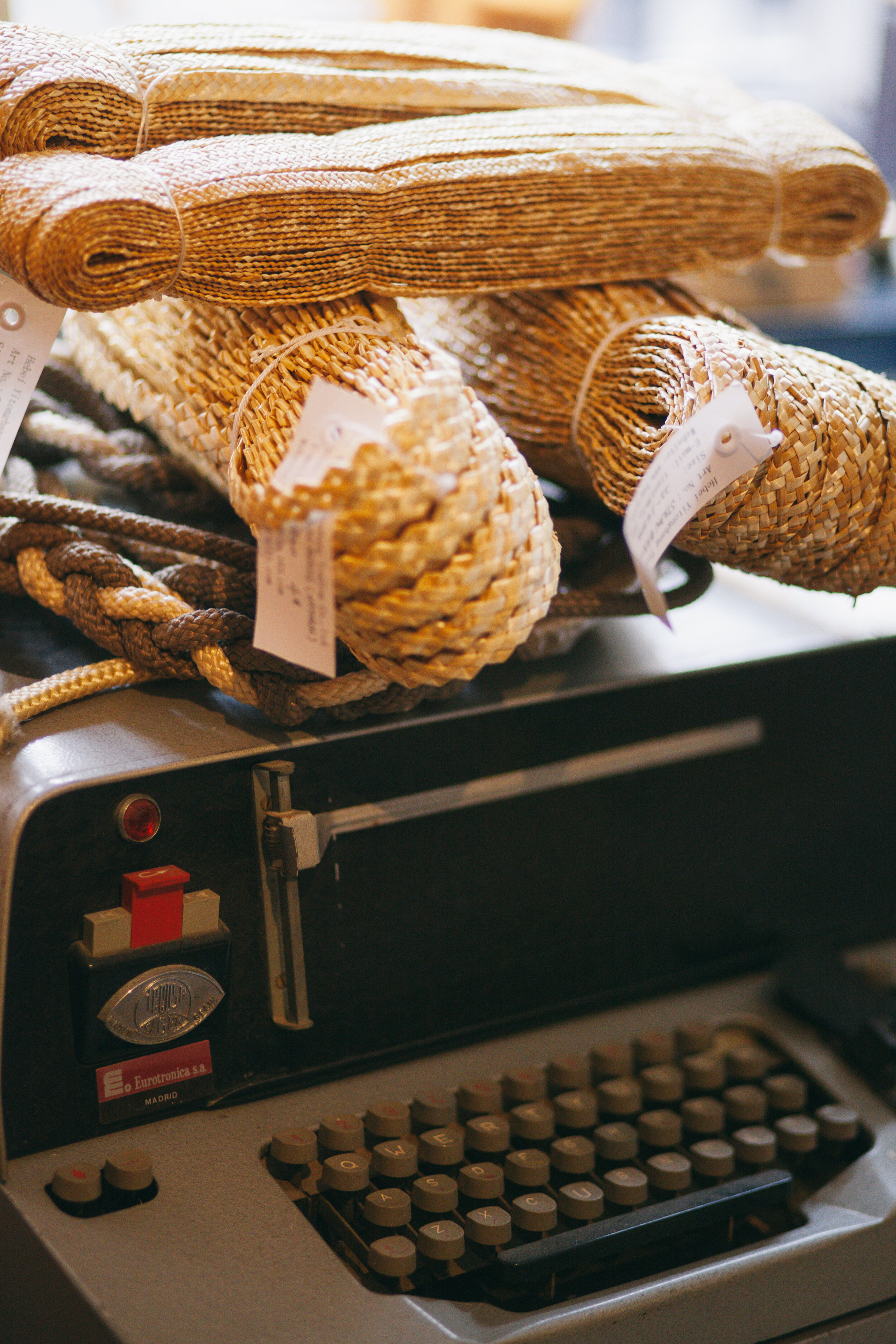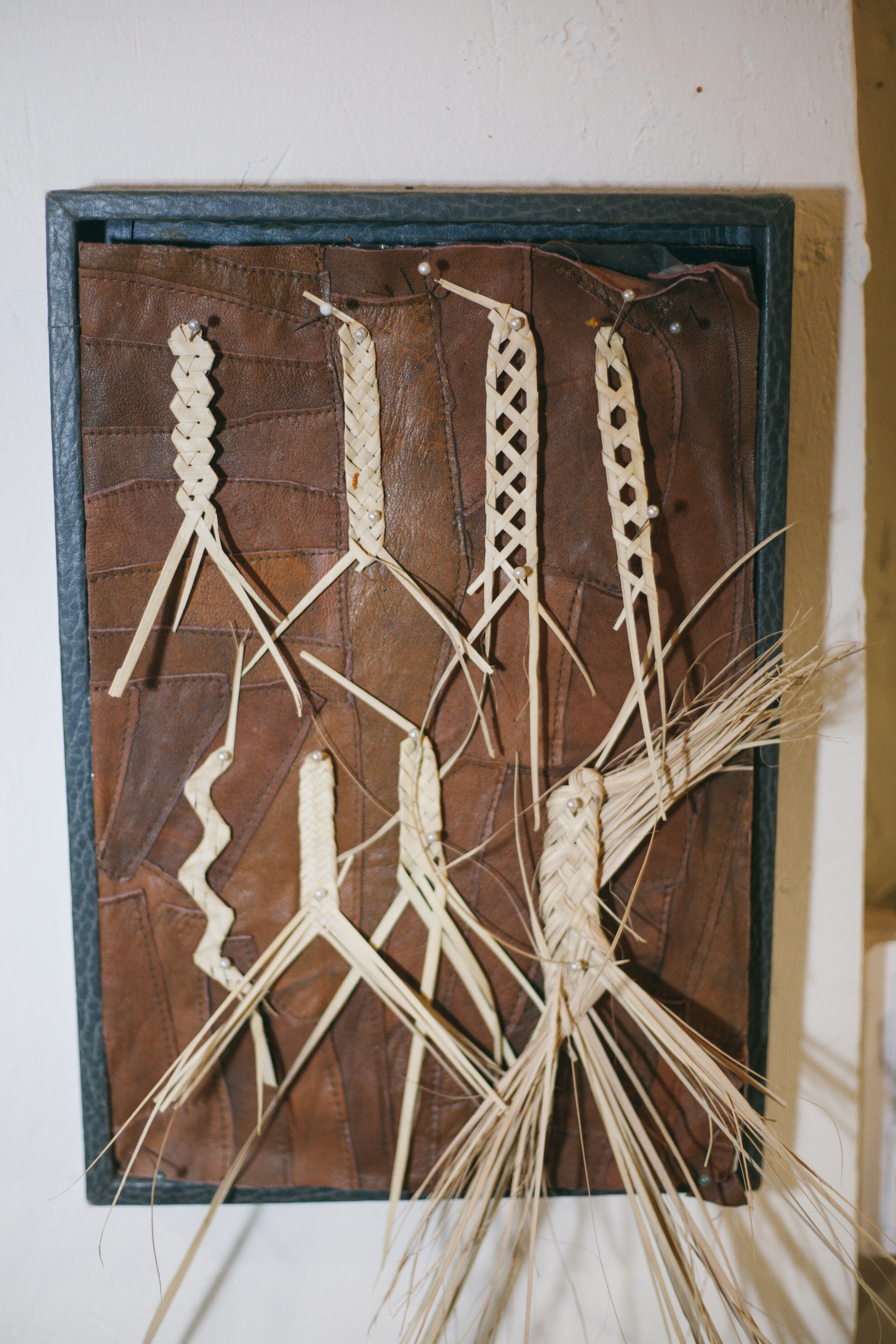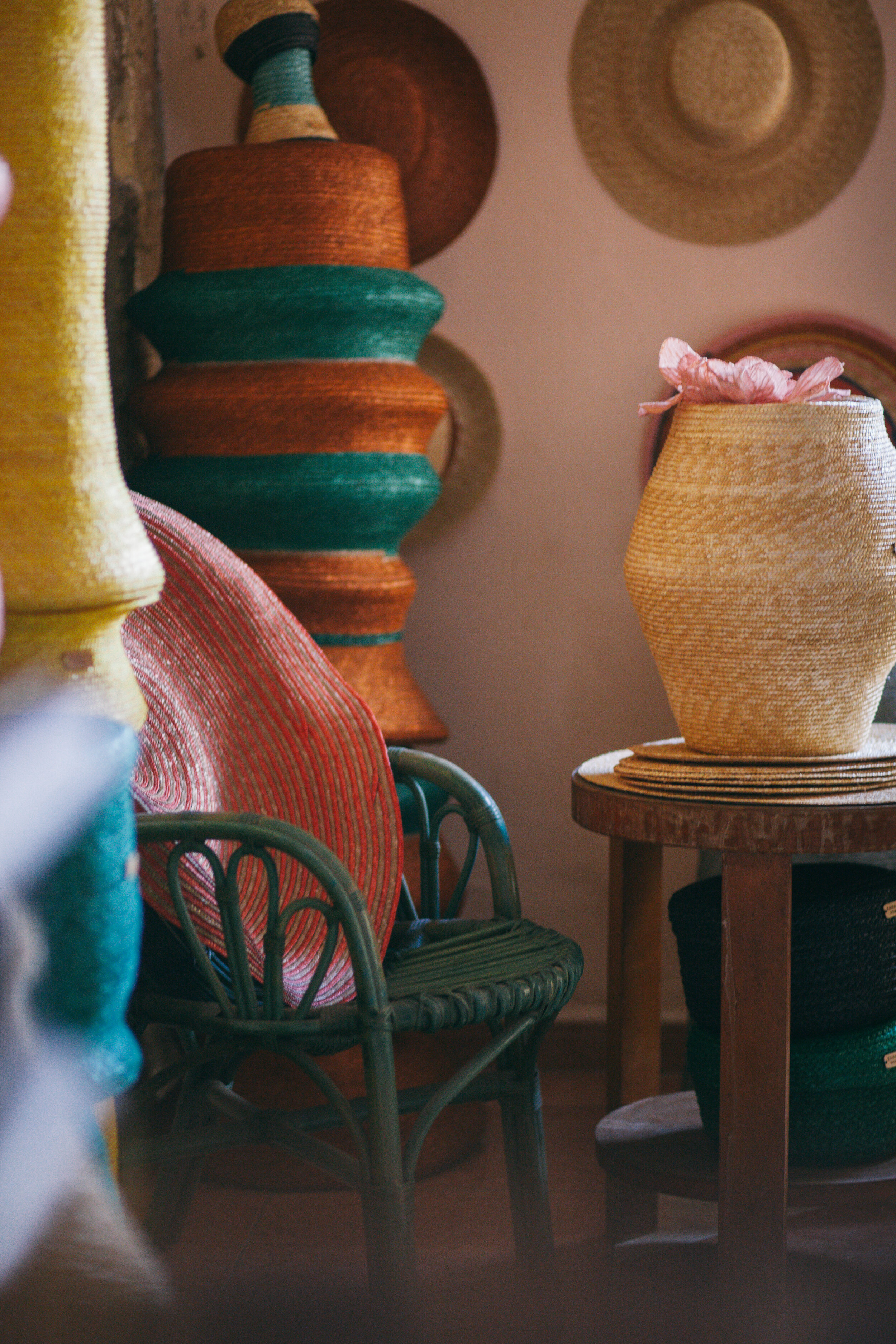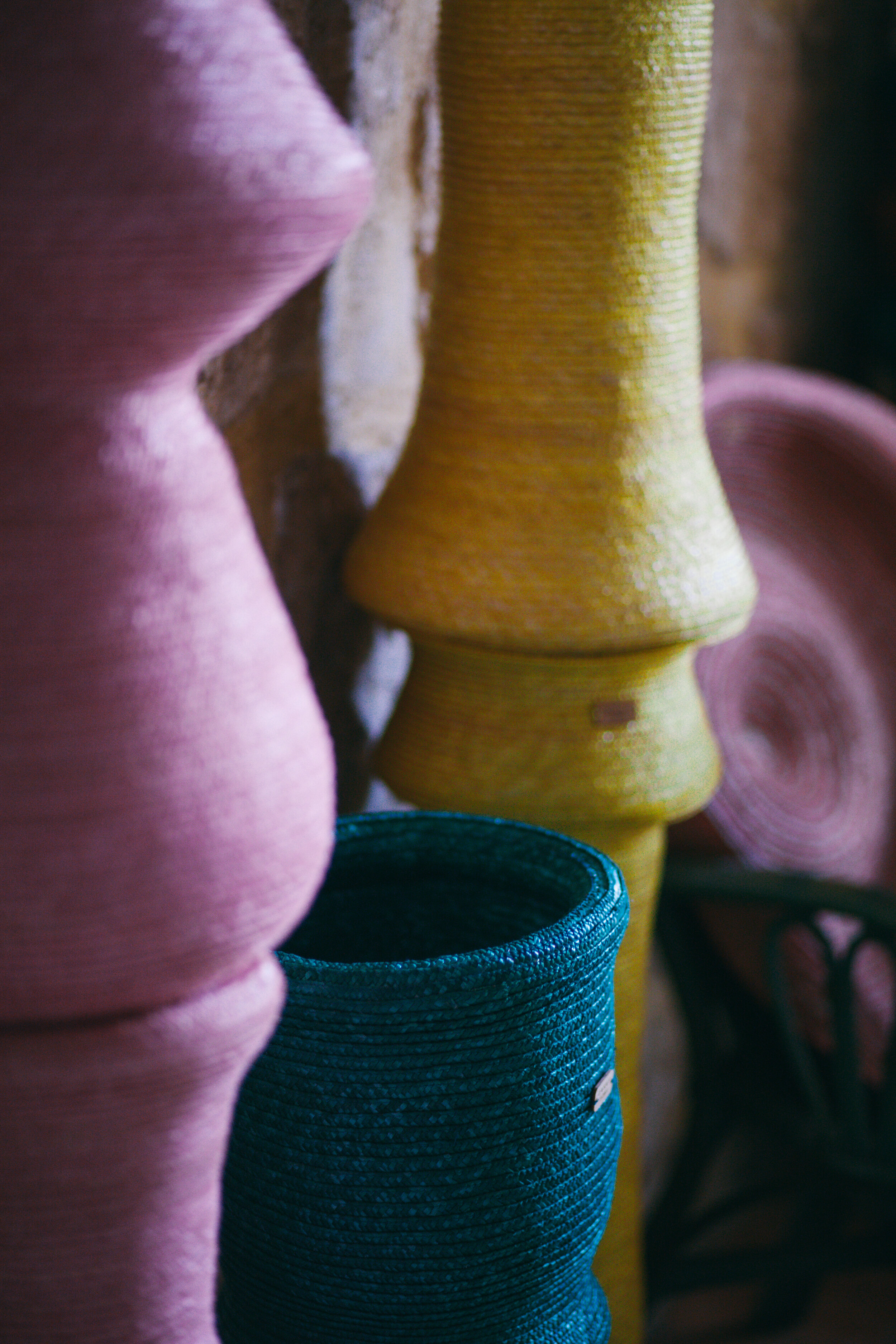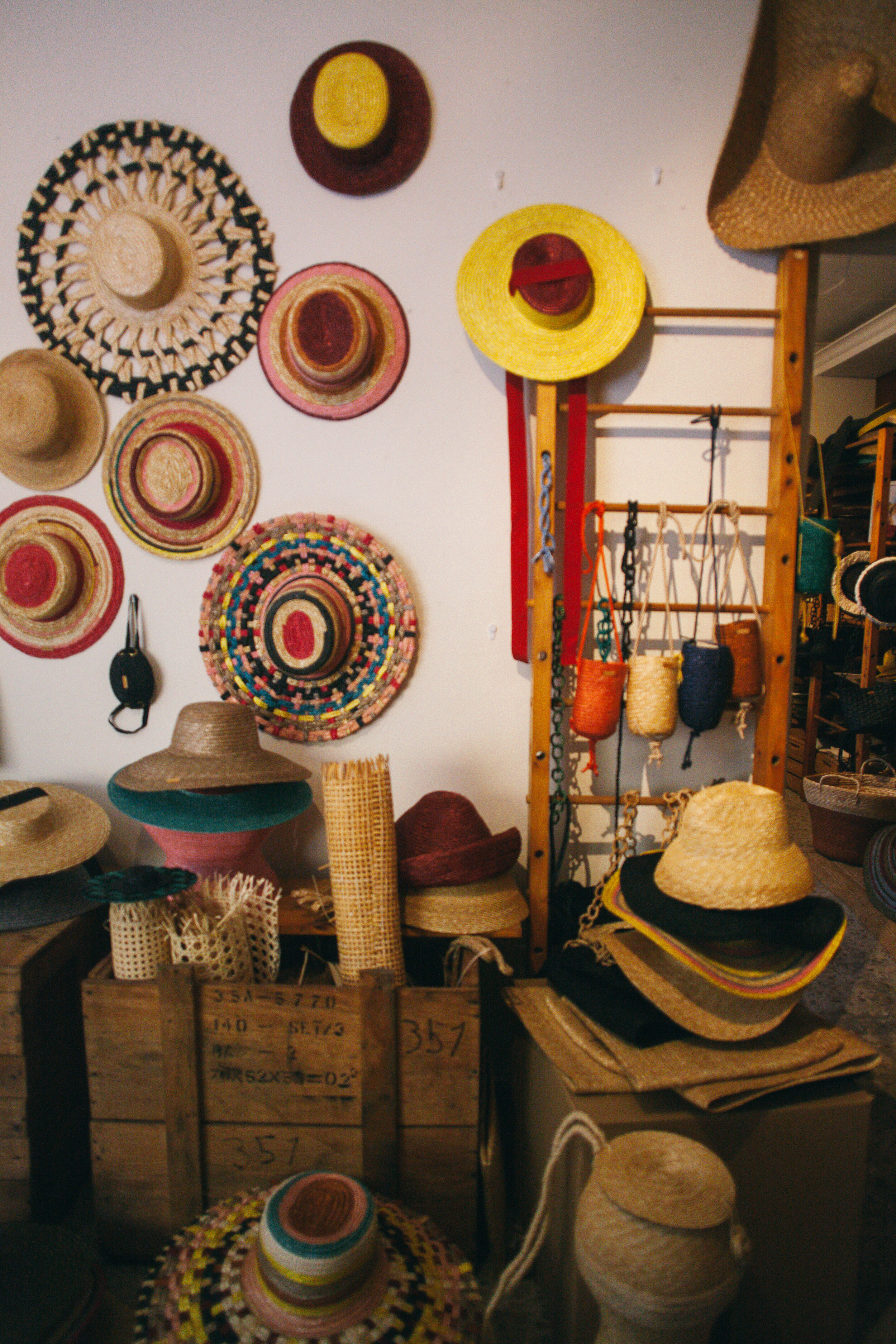Mediterranean Artisan Hats by Zahati
Imparting the soul of the handmade. Gata de Gorgos is an inland Mediterranean town known for its local artisans who create authentic and traditional wares. Many of the towns workshops have been passed down through generations. Zahati is a historic hat making brand brought into the modern age by its 5th generation designer Sandra Mira Zaragosi.
Each single hat its own sculpture. A soul that only the handmade can bring. The process is detailed and organic, from using natural fibres for the hats, to soaking the straw in natural dyes for a varied colour range. Zahati is expanding its range from hats to various objects for the home. We speak with Sandra about the brand’s history and why artisan crafts are important to preserve in order to enrich the culture of a place.
WORDS AND PHOTOGRAPHY BY WORKHOUSE COLLECTIVE
Tell us about the history of Zahati
Zahati, the brand was founded in 2019 but it comes from a family business. Im the 5th generation of this business. It was founded by my (tatarabuelo) great grandfather in 1870 when he started with palm hats. After that, my great grandfather (bisabuelo) in 1920 started with wheat straw. Later my grandfather continued with wheat straw and other natural materials. Lastly it came to my mum and aunties and they continued the craft. Then it came to me! And I created Zahati. All of the previous generations had different company names.
When I was small my grandfather always said to me he was born on the top of a hat cup, because his father and his grandfather had always been dedicated in the hat business. I grew up in Gata de Gorgos, a traditional Mediterranean town where everything used to be handmade. My grandparents created hats and they also had two shops where they used to sell furniture and natural materials accessories such as hats. I wanted to be a milliner and my grandfather said that it was a really nice job but first I should go to university. So I always listened to him and I did as he said.
I went to university i studied architecture which of course has to do with hats because most of the things i implemented in the brand where the things I learned. When I graduated my grandad had already passed away but my aunties had continued with the business. They designed and made hats for other brands. I said to my aunties everyday that they should have their own brand but they didn’t feel confident about it. So that’s when i decided to found Zahati. Because I had so many stories to tell about hats from my grandfather where they could all be put together to tell the story of the brand.
Why do you think it's important to preserve the traditional crafts?
I think traditional crafts have a story behind the pieces, which the things created with machines miss. I always hated wearing the same bag, T-shirt, trousers as anyone else on the street. So in traditional crafts I found a way where you design a product and each product although you want it to be the same as the other they never come out the same. Traditional crafts will disappear in a few years (hopefully they will last longer) but nowadays only few people want to learn them. Its like when I studied architecture everything was done with a computer and in the end all the projects from different people looked very much the same because we were all using the same machine (the computer). When my father studied architecture the projects were created by hand. And it’s these handmade projects that have an essence that the computer misses. So this comparison is the same in handcrafted objects.
Where do you get inspirations for your designs?
My inspirations come from many parts. Most of the time they appear in the workshop. Instead of throwing away a piece of straw that we think is unusable, I always tend to play with it and see if we can get an inspiration from that scrap of straw.
What is it about the town of Gata de Gorgos that inspires you?
Gata de Gorgos is a very inspiring town. We know people in Gata that have dedicated their lives to work in traditional crafts. When we want to learn a new technique we speak with them and they show you. For example to make the rope handles for bags there is a way of braiding it so that it doesn’t undo and it looks finished. I didn’t know this technique so I went and spoke with an old lady who used to do these handles for bags many years ago and she taught me the way.
What is a hat, for you?
I think a hat gives you total personality. If you see the same person with a hat or without you would always choose the one with a hat. Look at the films from 1920 where the flappers danced with hats. Its absolute glamour. A hat has always been an accessory which gave glamour to women and men. There was a time where people stopped wearing hats. But then they started again wearing hats to weddings. When they started wearing hats in weddings suddenly hats started appearing again in the streets. Some people think a hat doesn’t look nice on them but thats not true. You have to choose the one that favours you. And there is always a hat that favours you! So for me a hat is a protective accessory but also an accessory that gives you the sophistication that another clothing element will never give you.
What would be a dream collaboration for you?
A dream collaboration would be for example with Loewe. Its contradictory because we don’t use leather but Loewe is a master in leather and we in some way are masters with wheat straw and natural materials.
What do you see in the future for Zahati?
I think people slowly are raising awareness that if products were done in Spain instead of buying from China and selling in Spain, we somehow would have less crisis than what we have had. So as they are getting aware of this they are also getting aware of handmade products and the value they have. So with Zahati we also wanted people to get even more aware of all this work that is behind the products. So I think that slowly apart from selling natural accessories, Zahati can also be a place where people learn about handcrafts. So in a future we hope to be teaching people handcrafts and also continue selling in more parts of the world! We would love to see a Zahati Hotel where it’s all decorated with Zahati Home and everyone wears a hat!
DETAILS
Visit the Zahati Website and follow the Zahati Instagram



